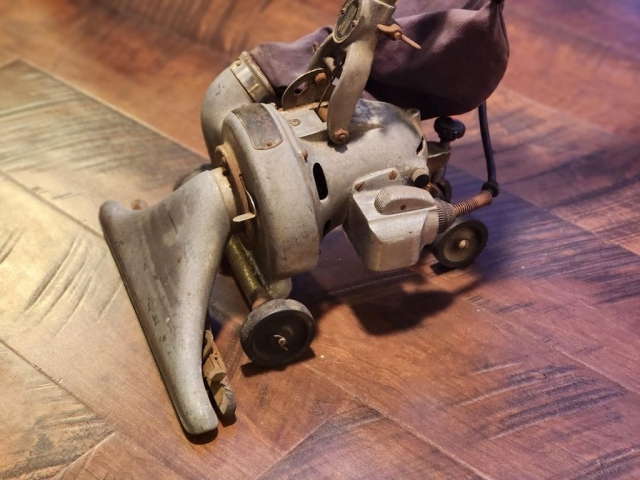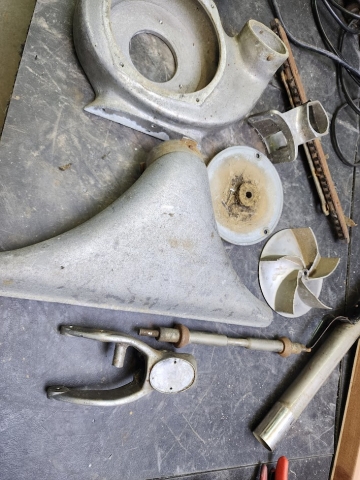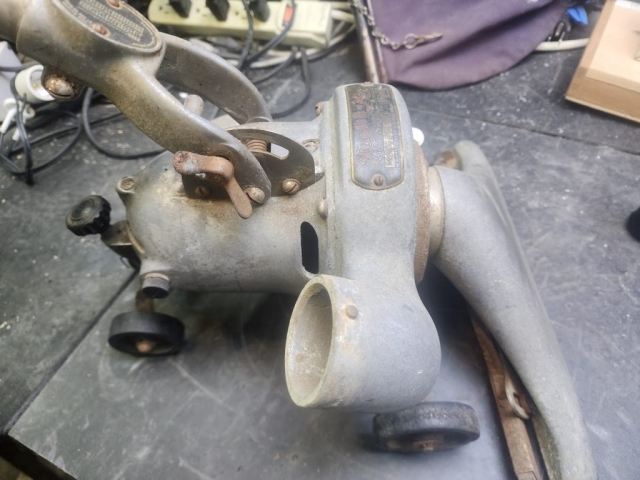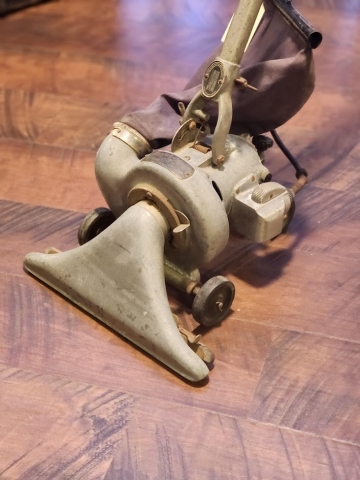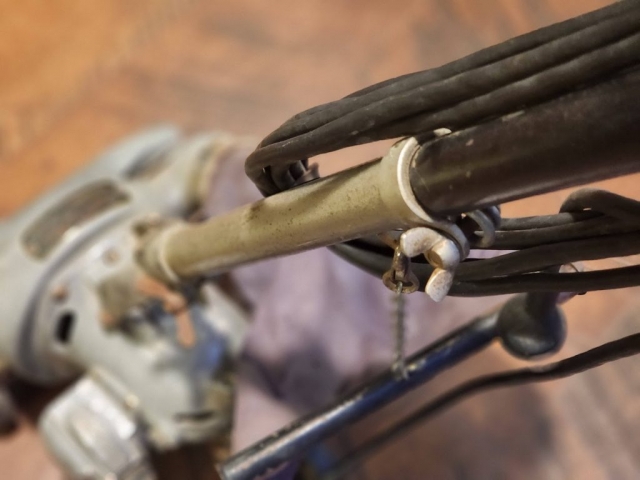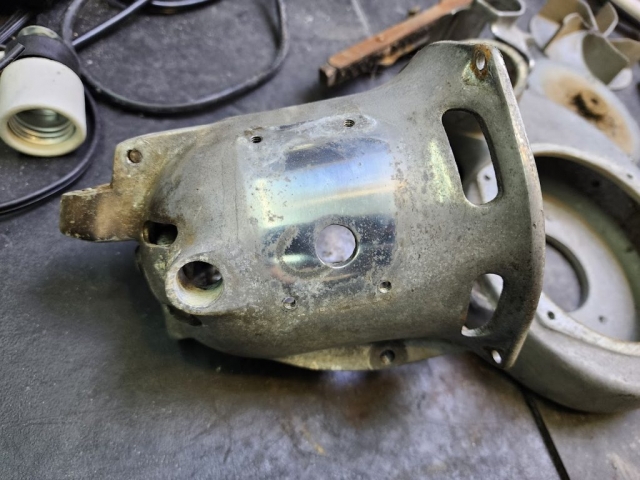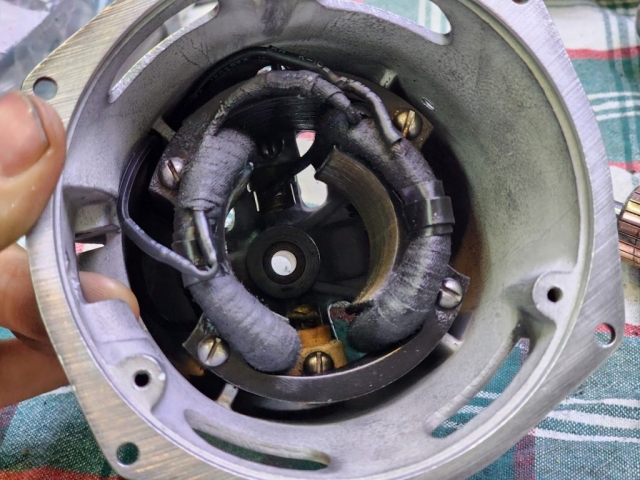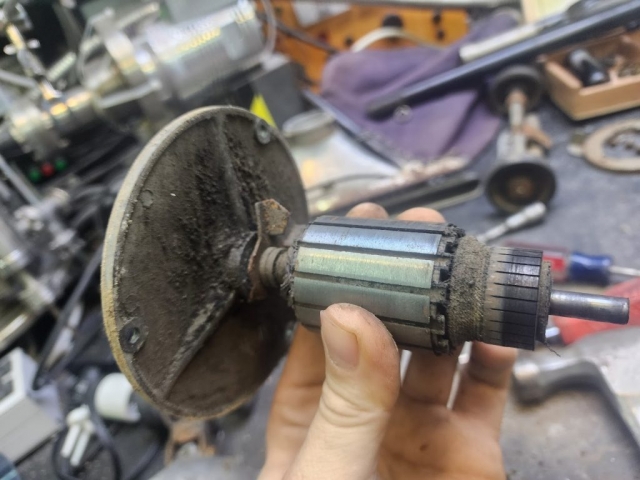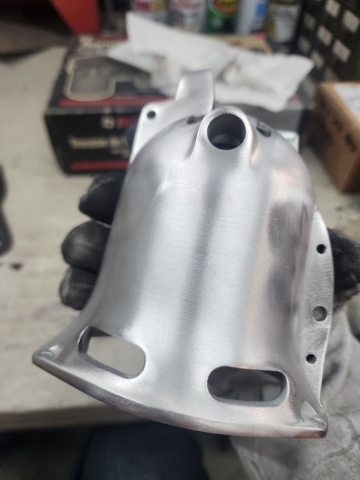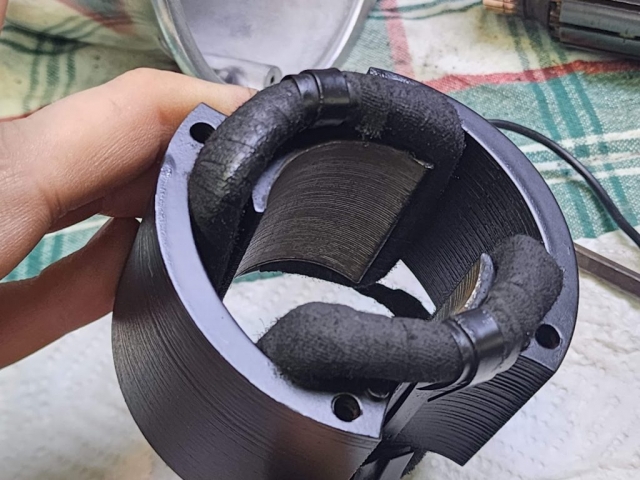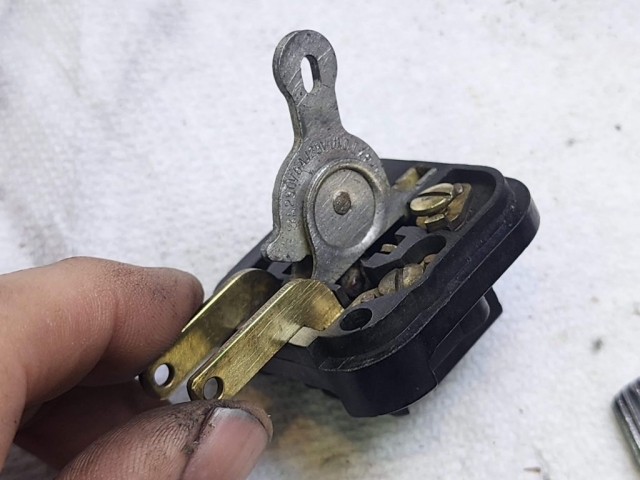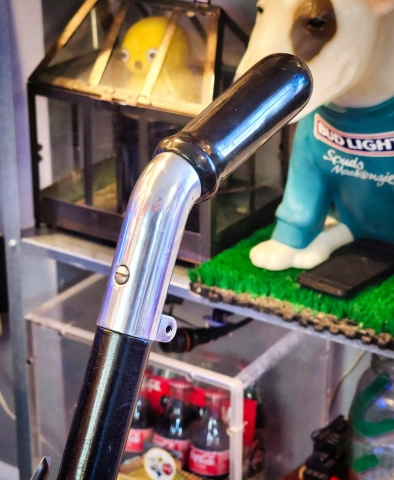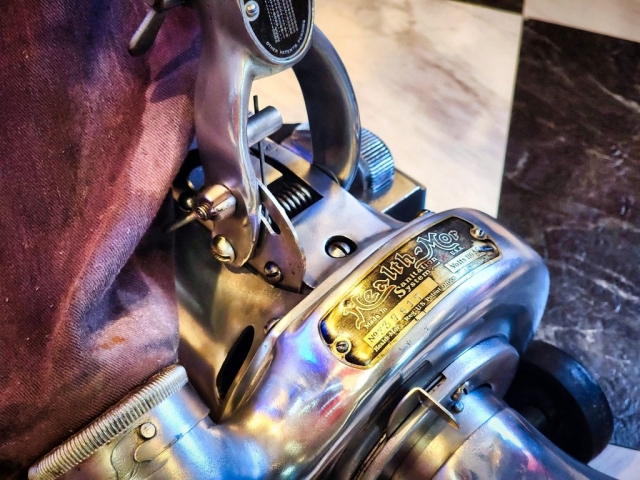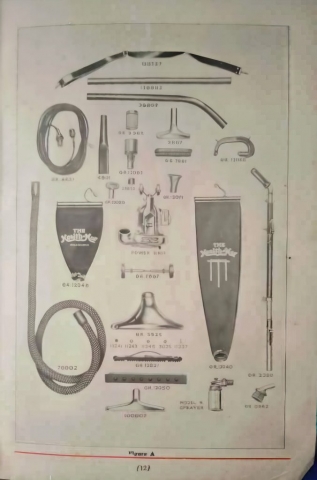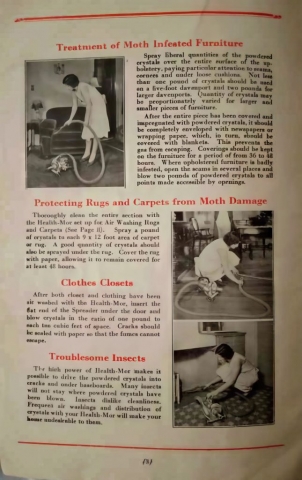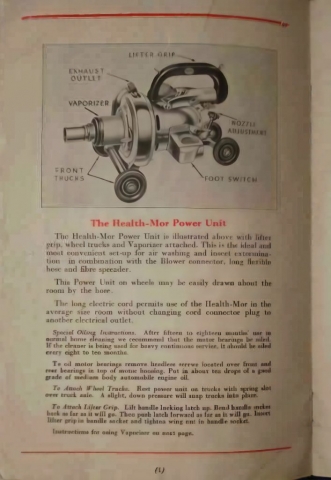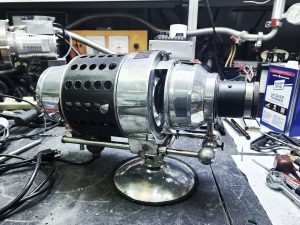The 1930s were a transformative time for households. With the lingering effects of the Great Depression, home appliances were prized possessions, valued for their ability to save time and labor. Among these, the Health-Mor vacuum cleaner stood out—not just as a cleaning device but as a mark of innovation. Health-Mor, founded in 1928, emphasized quality and ingenuity in its products, making them highly sought after, even in tough economic times. Their vacuums were built to last, with sturdy metal construction and a unique feature that set them apart: the use of moth crystals (commonly known as mothballs) in their cleaning system. These crystals helped deodorize and protect fabrics while cleaning—a clever touch that appealed to the practical homemaker of the era.
Fast-forward nearly a century, and finding one of these relics of domestic history is no small feat. Health-Mor vacuums from the 1930s are incredibly rare today, partly due to their limited production and partly because many didn’t survive the passage of time. That’s what makes my discovery of a rusty and crusty Health-Mor vacuum such a special find.
When I first stumbled upon this piece, it was in a sorry state. The metal was coated in layers of rust, and every part seemed to cry out for attention. It was clear this vacuum had been neglected for decades. Undeterred, I rolled up my sleeves and began the long process of restoring it. Many hours were spent polishing the once-tarnished metal back to its original gleam, piece by painstaking piece. Each component was disassembled, cleaned, and rebuilt with care.
The restoration process was deeply satisfying—a labor of love for a time when craftsmanship reigned supreme. However, the journey wasn’t without its challenges. The motor armature had suffered an internal failure, likely from years of wear and tear. While I managed to get the vacuum running, it couldn’t match the original performance of a new Health-Mor motor. Still, the fact that it works at all is a testament to the robust engineering of the time.
One of the most fascinating aspects of this vacuum is its use of moth crystals in the cleaning process. At the time, moths posed a significant threat to clothing and upholstery, so incorporating moth crystals into the vacuum’s design was a practical and innovative feature. As the vacuum ran, the crystals released a light, protective scent that added another layer of functionality to the device.
Restoring this rare Health-Mor vacuum has been a journey through time—a way to connect with the ingenuity of the past and appreciate the domestic challenges and triumphs of the 1930s. Though it may not work quite like it once did, it’s a shining piece of history, both literally and figuratively, and a reminder of how far we’ve come in the art of cleaning.
Here is what it looked like.
First step after stripping it all down was to see how bad the motor was.
Sadly the motor looked to at one point had a fan failure, and the metal blades got bounced around inside and damaged the armature, I did my best to remove the shorts, and seal up what was left, but it will need re wound. It was also missing some of the spacers to keep it centered properly.
It sounds like I put to big a cam in my vacuum ha! The pulsing and grinding was a worry, so had to work on making new spacers for the motor to center it properly. This helps allot.
Sadly, the pulsing sound, is the unbalanced armature magnetic flux as it hits the bad coil. Either way, you can see I was able to get everything polished, painted and even rewired inside!
Here is all the parts all polished up and ready for assembly!
Cleaned up the switch the best I could, and verified it worked as expected. All the bolts and bits all got cleaned.
Now without further delay, here is the final result!
The original Belden plug from 1930 was a cool find! Sadly not safe to use any longer so was removed, and re wired with a more modern plug.
Here is a video of me talking about everything!
Last, I will leave you with the only photos of a manual for this vacuum system I could find online. I had to do some AI upscaling, but it is still hard to read.



